On the evening of 17 January I drove to our local observatory to meet some friends and take images. Here is a compilation of what I achieved. The sky over Kiel is very bright and so it was almost impossible to get the tail of the comet. When I came home later in the evening I decided to take more images from that darker location, but clouds wre already coming. So I did not put up the imaging gear.
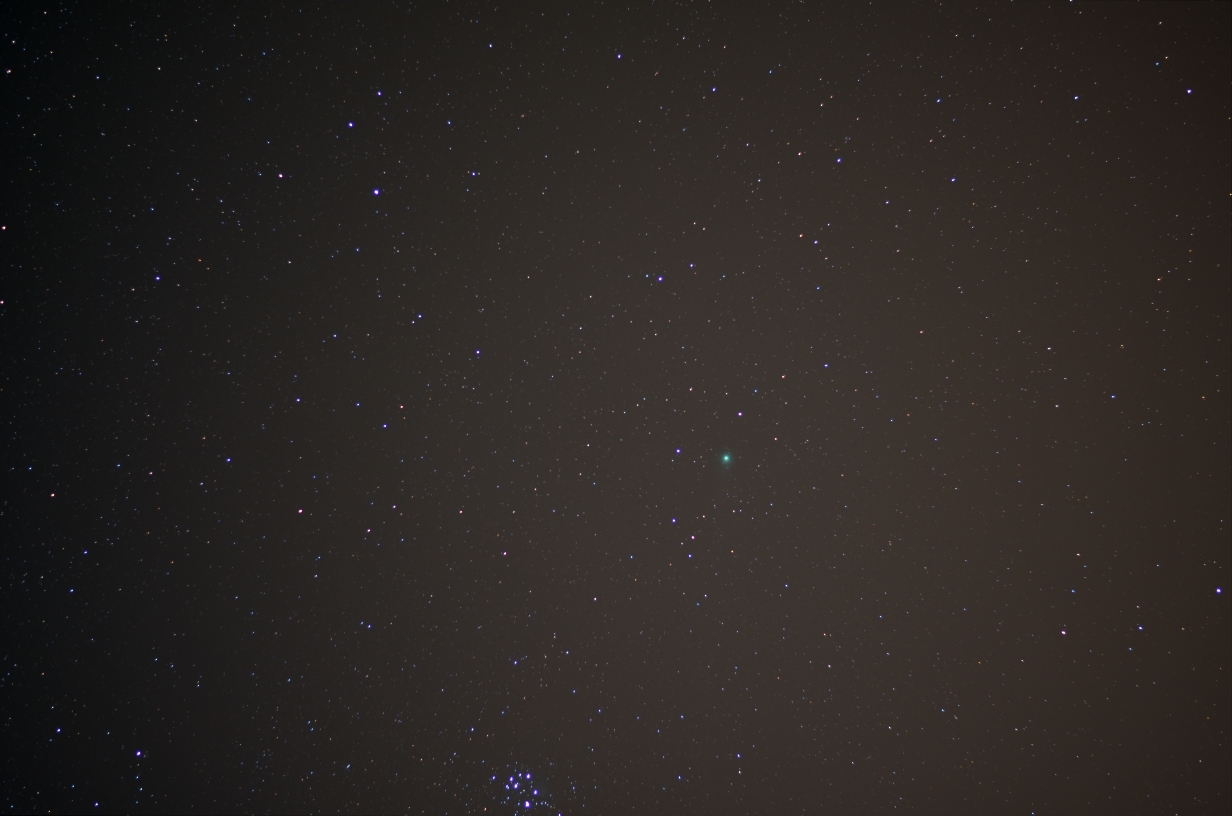
2015-01-17 19:26 UT - 14 * 30 sec - 50mm 1:1,8 lens - ISO 400: A
wide angle image
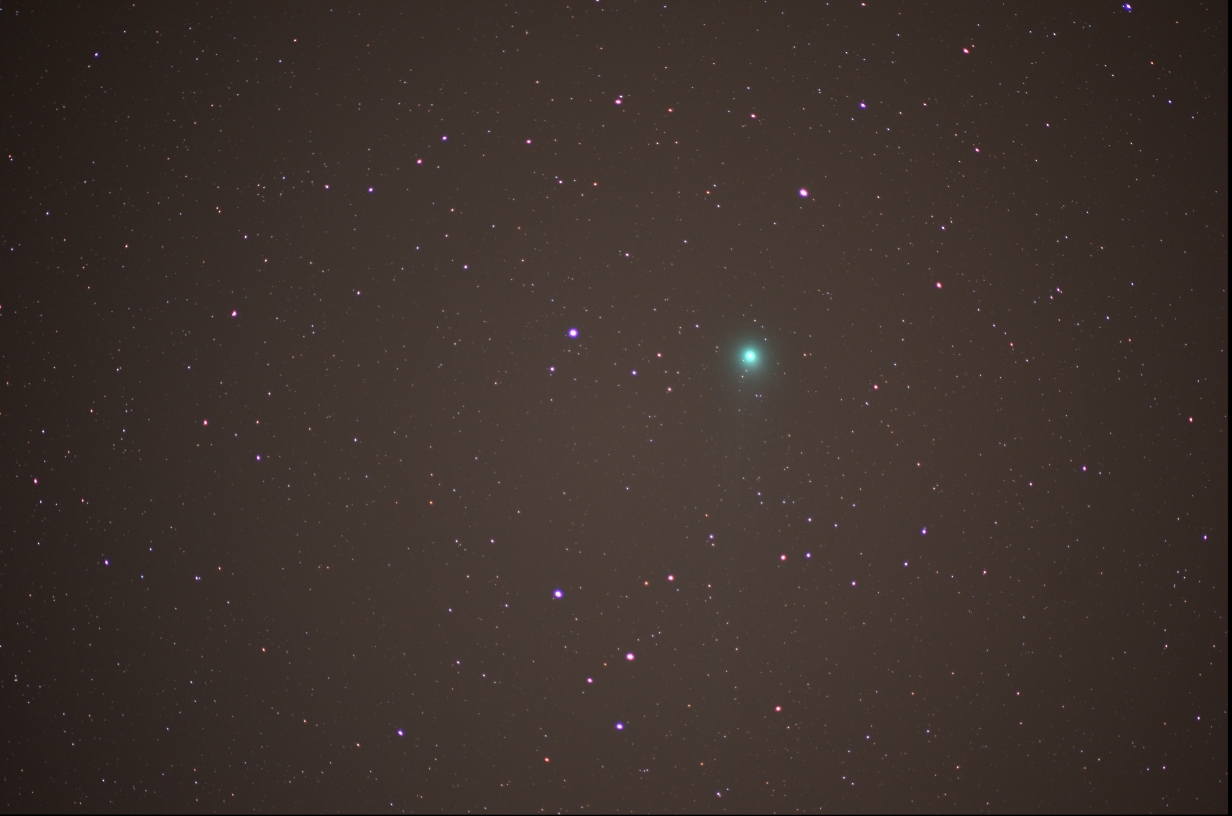
2015-01-17 19:36 UT - 17 * 25 sec - 200mm 1:4 lens - ISO 400: Small
tele lens. Images were taken in JPG format.
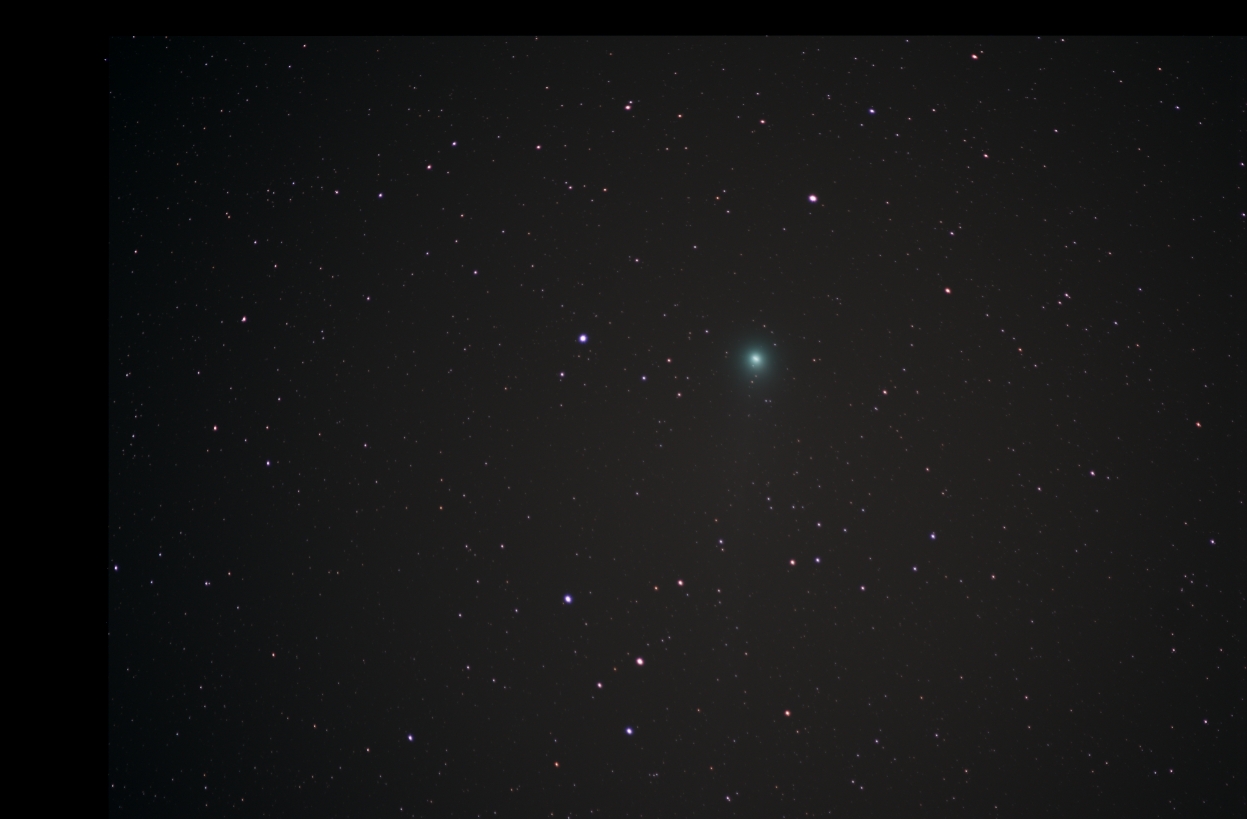
2015-01-17 19:50 UT - 28 * 25 sec - 200mm 1:4 lens - ISO 1000:
200mm tele lens. Images were taken in RAW format.
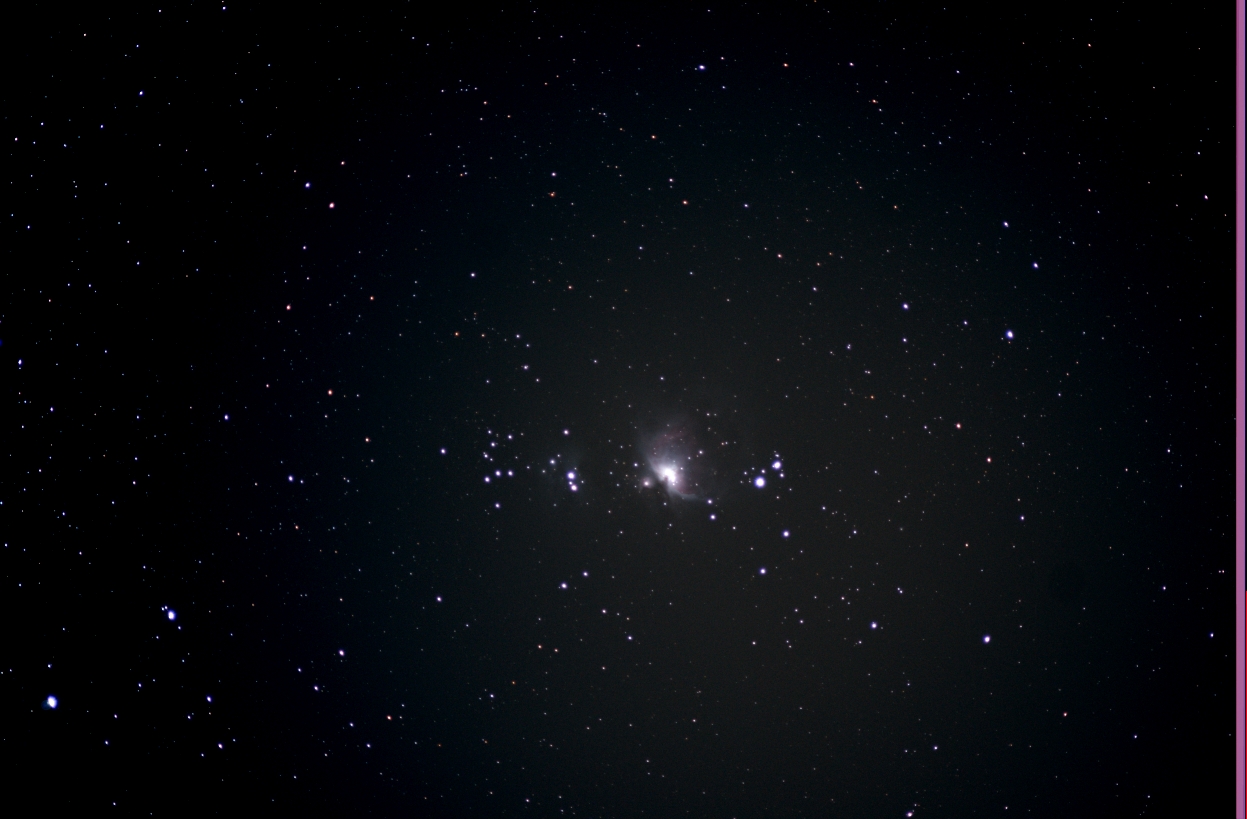
2015-01-17 20:17 UT - 7 * 15 sec - 200mm 1:4 lens - ISO 1000: M42
was in one of the brightest regions of the sky. But it worked.
200mm tele lens. Images were taken in RAW format.
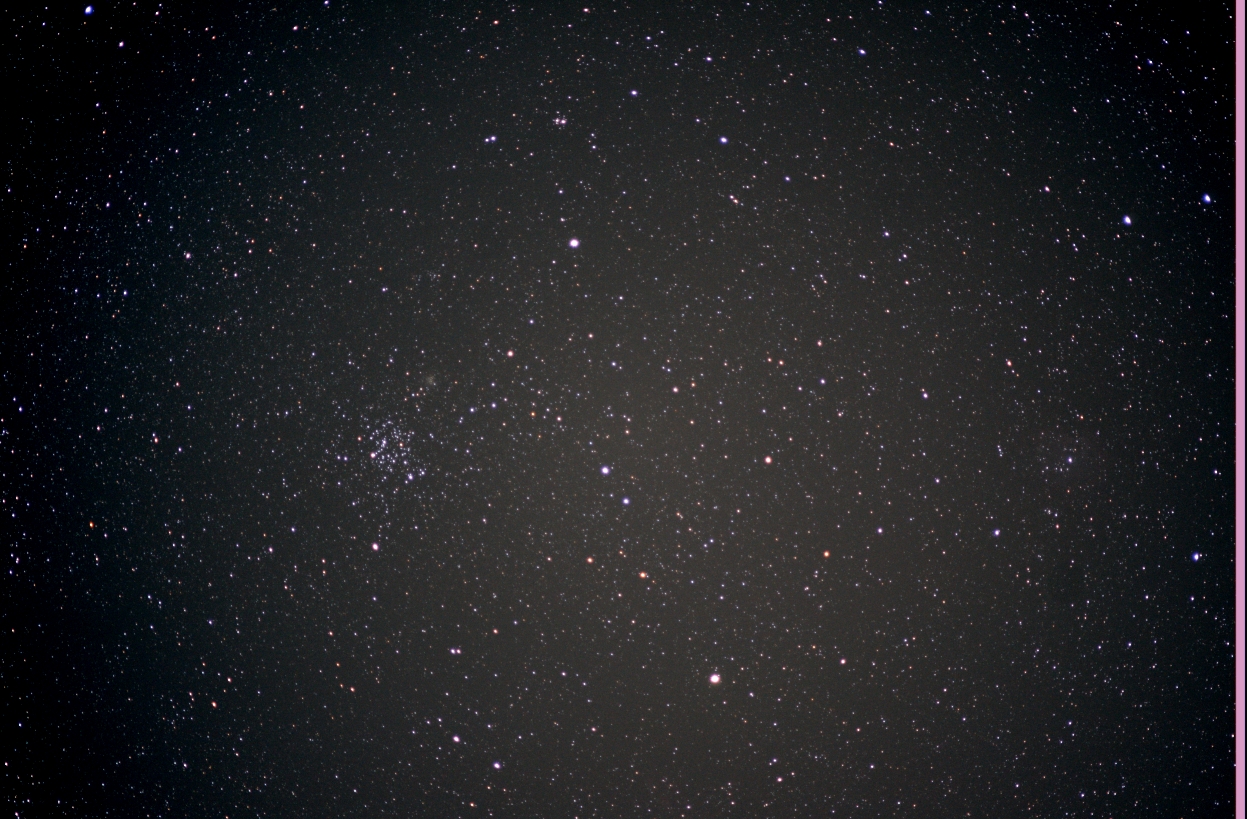
2015-01-17 20:22 UT - 10 * 15 sec - 200mm 1:4 lens - ISO 400:
Gemini (Zwillinge) constellation was high in the sky and I took
this image.
Equipment
Optics : StellarVue Nighthawk Achromat Refractor d=80mm f=480mm (f=1/6)
: Intes MK-67 Maksutov Type Reflector d=150mm f=1800mm (f=1/12)
Camera : NIKON D7000 DSLR unmodified
: The Imaging Source DMK21AU4.AS monochrome USB highspeed camera
: Philips ToUcam 740 Color WebCam
Filter : IR/UV Cut, Astronomik H-Alpha, Astronomik LRGB
add. optics : ED 2x Barlow lens
: 35mm, 50mm, 135mm and 200mm NIKON lenses available
Mount : VIXEN GP with MT1 / Littlefoot Controller
Guiding : PHD
Aquisition : Robust Sony VAYO Pentium4 Notebook (Windows XP) or DELL D820 DualCore (Windows 7)
Image Processing : ImagesPlus, NeatImage 7, PaintShopPro XI, PhotoShop LE 9, Registax 6, AviStack 2.0